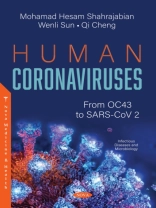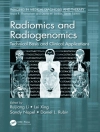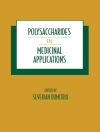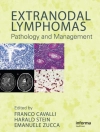The coronaviruses are ss RNA viruses that infect a wide range of mammalian and avian species; they are important causes of respiratory and enteric disease, encephalomyelitis, hepatitis, serositis and vasculitis domestic animals. In humans coronaviruses are one of several groups of viruses that cause the common cold. The genus Coronavirus together with the genus Torovirus from the family Coronaviridae; members of these two genera are similar morphologically. The Coronaviridae, Arteriviridae, and Roniviridae are within the order Nidovirales. Seven coronaviruses are known to infect humans, three of them are serious, namely, SARS (severe acute respiratory syndrome, China, 2002), MERS (Middle East respiratory syndrome, Saudi Arabia, 2012), and SARS-Co V-2 (2019-2020). SARS is caused by a coronavirus (SARS-Co V) which exists in bats and palm civets in Southern China. Its family is Coronaviridae, and its genus is Coronavirus. The most important groups who are at risk are family members in close contact with cases, health-care workers in close contact with cases, elderly and immune compromised individuals appear at increased risk. MERS-Co V is a zoonotic virus which can lead to secondary human infections. It is the sixth coronavirus that influences human. MERS-Co V is most likely derived from an ancestral reservoir bats. MERS outbreak was found in the Republic of Korea since 2015. Coronavirus entry is initiated by the binding of the spike protein (S) to cell receptors, specifically, dipeptidyl peptidase 4 (DDP4) and angiotensin converting enzyme 2 (ACE2) for MERS-Co V and SARS-Co V, respectively. The genome sequence analysis has shown that SARS-Co V-2 belongs to betacoronavirus genus, which includes Bat SARS-like coronavirus, SARS-Co V and MERS-Co V. On the basis of nucleic acid sequence similarity, the newly identified 2019-n Co V is a betacoronavirus. The RBD portion of the SARS-Co V-2 pike proteins has evolved to effectively target a molecular feature on the outside of human cells called ACE2, a receptor involved in regulating blood pressure. The SARS-Co V-2 spike protein was found so effective at binding the human cells. In SARS-Co V-2, M protein is responsible for the transmembrane transport of nutrient, the bud release and the formation of envelope, S protein, attaching to hose receptor ACE2, including two subunits S1 and S2. These diseases can be considered important models for emerging infectious diseases as it emerged from natural animal reservoirs. Early recognition, prompt isolation and appropriate supportive therapy are the main parameters in combating with these deadly infections.
Mohamad Hesam Shahrajabian
Human Coronaviruses: From OC43 to SARS-CoV 2 [PDF ebook]
Human Coronaviruses: From OC43 to SARS-CoV 2 [PDF ebook]
Buy this ebook and get 1 more FREE!
Language English ● Format PDF ● Pages 161 ● ISBN 9781536183184 ● Publisher Nova Science Publishers, Inc. ● Published 2020 ● Downloadable 3 times ● Currency EUR ● ID 8062149 ● Copy protection Adobe DRM
Requires a DRM capable ebook reader












